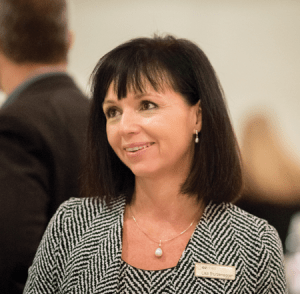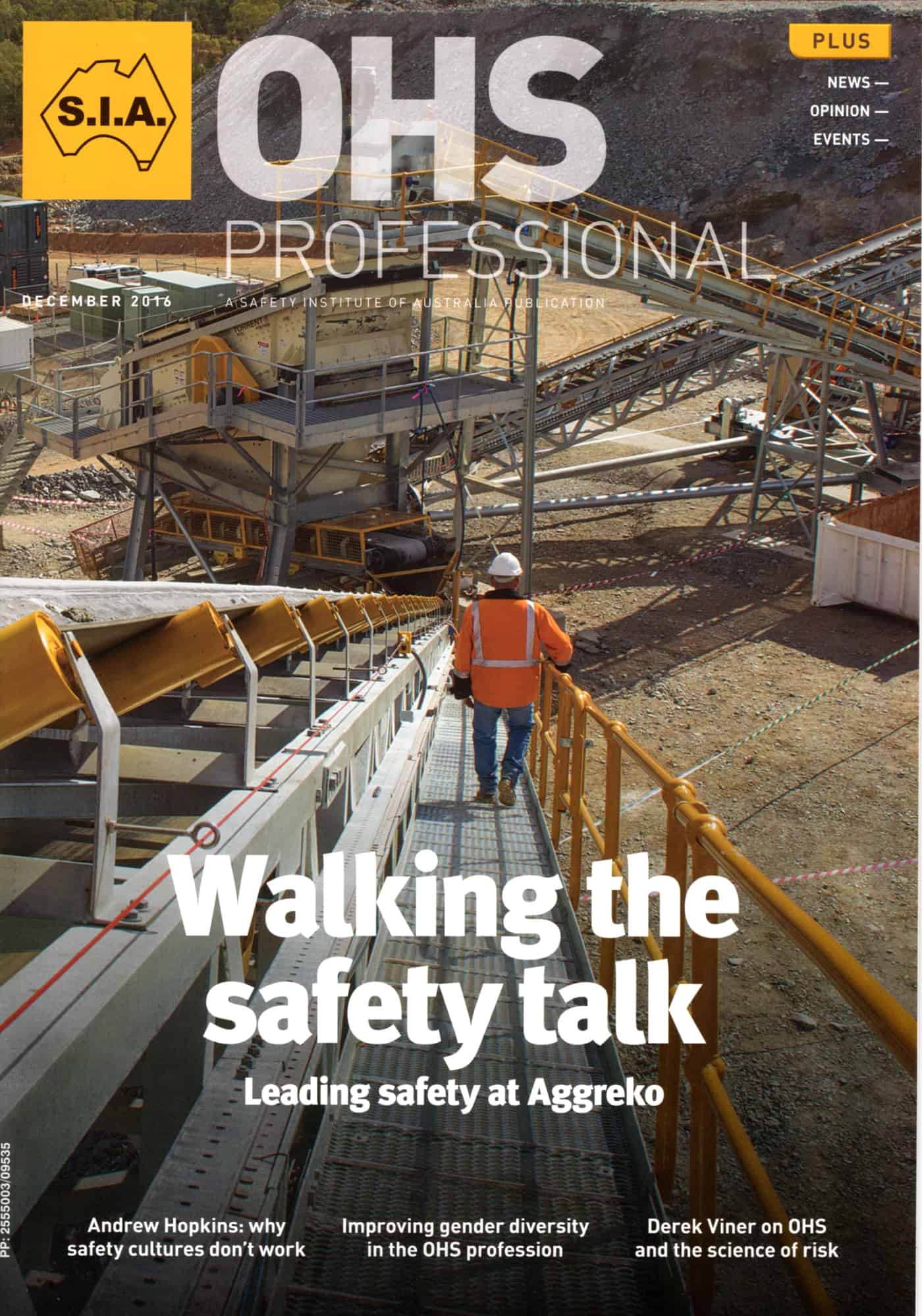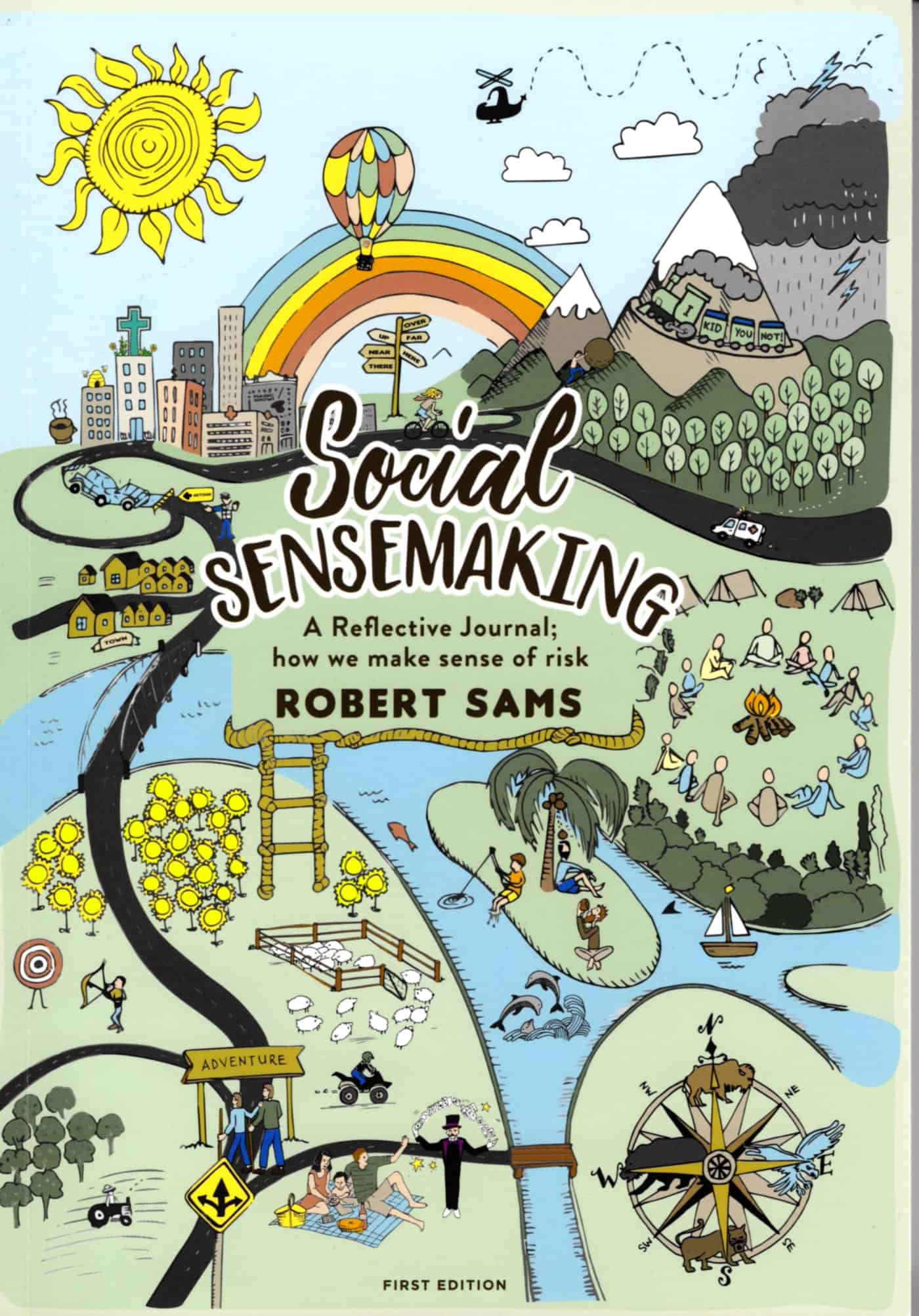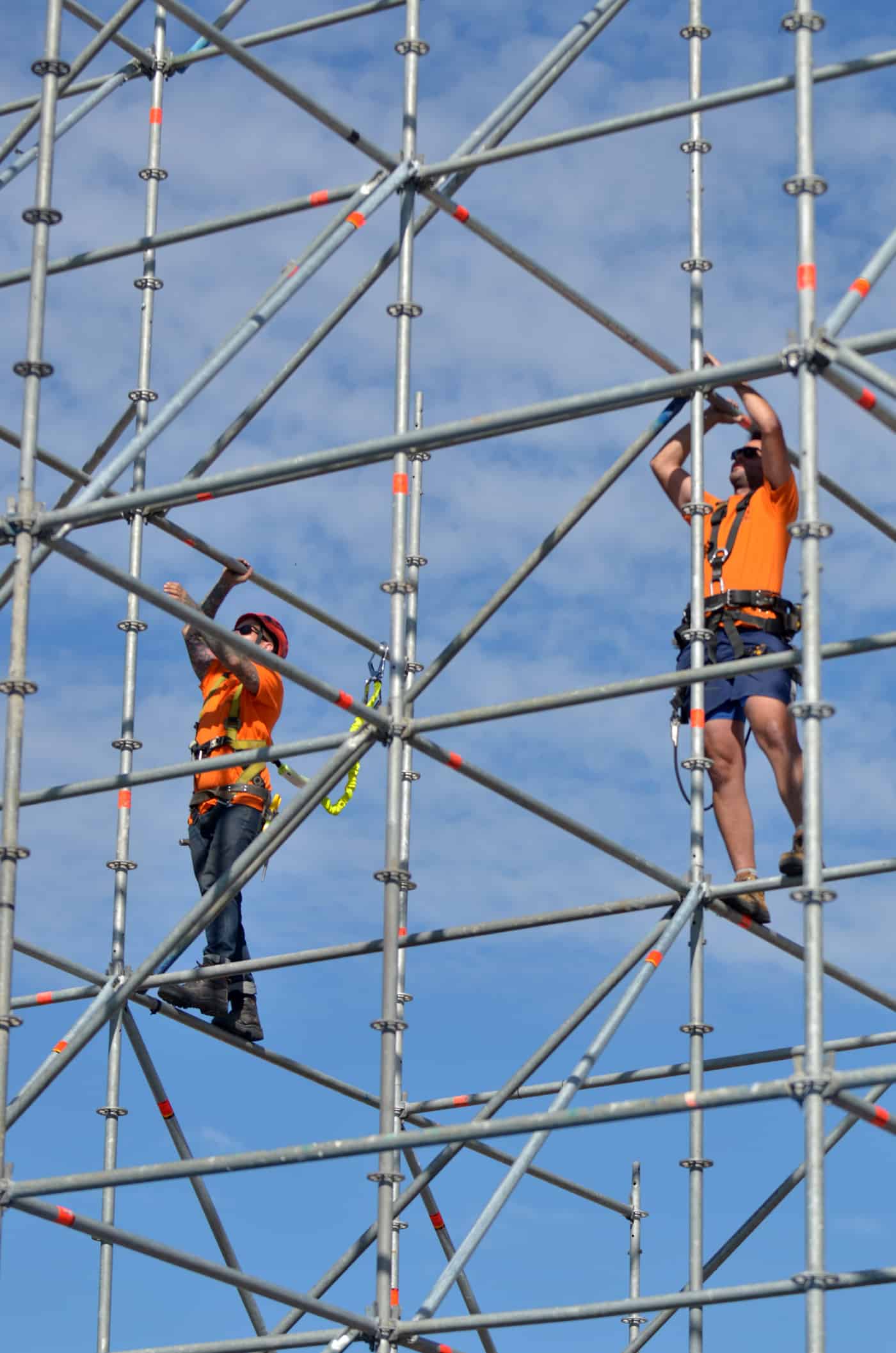 As part of the research for a recent article on Gender and Occupational Health and Safety (OHS) SafetyAtWorkBlog was able to interview Lisa Griffiths, Chief Executive Officer of OzChild and former General Manager Health and Safety at WorkSafe Victoria. Gender equality and diversity may no seem to be an OHS issue but it is a vital element of the legislative obligation to consult and the business imperative of making that decision-making process to be a robust and effective as possible. Too many past decisions have come from group-think and “yes men” and diversity of thought through diversity of person is desperately needed in modern safety management.
As part of the research for a recent article on Gender and Occupational Health and Safety (OHS) SafetyAtWorkBlog was able to interview Lisa Griffiths, Chief Executive Officer of OzChild and former General Manager Health and Safety at WorkSafe Victoria. Gender equality and diversity may no seem to be an OHS issue but it is a vital element of the legislative obligation to consult and the business imperative of making that decision-making process to be a robust and effective as possible. Too many past decisions have come from group-think and “yes men” and diversity of thought through diversity of person is desperately needed in modern safety management.
Below are some of the questions put to her, and her responses Continue reading “Gender diversity and effective decision making”

 Occupational health and safety (OHS) law in the United States has little impact on that of any countries outside of North America. But the response to those OHS laws by US and multinational companies indicates corporate approaches to workplace safety and this can spread round the world. The anticipated strategy to worker safety under the Presidency of Donald Trump is expected to be harsh, if he attends to it at all.
Occupational health and safety (OHS) law in the United States has little impact on that of any countries outside of North America. But the response to those OHS laws by US and multinational companies indicates corporate approaches to workplace safety and this can spread round the world. The anticipated strategy to worker safety under the Presidency of Donald Trump is expected to be harsh, if he attends to it at all.
 The media is full of lists of Christmas reading, usually in order to sell books. Below is a selection of the safety-related books that are in my Summer reading pile. (No, I am not going to list the Batman comics or Star Trek books. That would be embarrassing.)
The media is full of lists of Christmas reading, usually in order to sell books. Below is a selection of the safety-related books that are in my Summer reading pile. (No, I am not going to list the Batman comics or Star Trek books. That would be embarrassing.) Fatigue and impairment are two of the most difficult workplace hazards to address. These are further complicated when they are contextualised in workplace mental health. So it is concerning when an entrepreneur produces a product that is meant to help address mental fatigue but that may also mask occupational health and safety (OHS) actions that are required to provide truly sustainable workplace improvement.
Fatigue and impairment are two of the most difficult workplace hazards to address. These are further complicated when they are contextualised in workplace mental health. So it is concerning when an entrepreneur produces a product that is meant to help address mental fatigue but that may also mask occupational health and safety (OHS) actions that are required to provide truly sustainable workplace improvement.